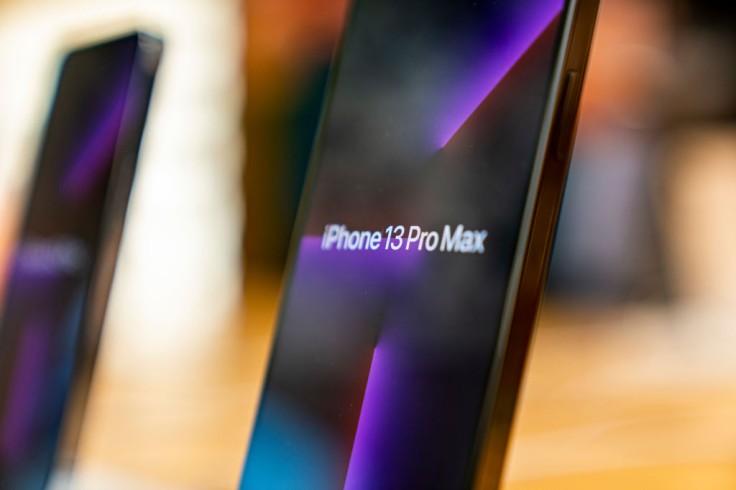
Apple users can't customize an iPhone as much as it is possible on an Android phone, however, there are still ways to make it feel like yours.
iPhone customization can be done through changes, such as installing a totally new home screen, new widgets, and icons, or through having a controlled notification.
So, how do you customize an iPhone?
Below are written ways, users may enjoy customizing their iPhone according to Popular Science.
Change the ringtone of your calls and text messages
Users don't have to go quite this far to customize their iPhone but they can modify the sounds it produces when people call or text you.
This means you will know if someone is calling you, or you've just received a message.
To customiz, select Ringtone or Text Tone under Settings > Sounds & Haptics.
Choose from the iPhone's defaults settings or go to the Tone Store to discover something a little more unique.
Users may also give each of their contacts their own ringtone or text tone. To begin, open the Contacts app and locate the individual for whom you want to create a unique tone. Change the Ringtone or Text Tone from Default to whatever you choose by tapping Edit.
Read Also : iPhone Won't Connect to a Wi-Fi? 7 Steps to Fix Network Issue Without Replacing the Device
Widgets provide you rapid access to everything
Widgets are required if users want access to more than a couple of Apple apps.
Swiping right on the first page of your home screen, the lock screen, or the notifications screen will reveal your Widgets.
To add one, go to the bottom of the screen and tap Edit, then touch the + icon in the top left, select the widget you want, and hit Add Widget.
iPhone users can transform the Widget screen into a bespoke productivity and information center with the appropriate combination of apps, such as the calendar, to-do list, weather, tons of photographic information, and even local tide times.
Take full control of your alerts
One of the most significant things users can adjust is when and why your phone starts beeping.
A user's iPhone will be nearly worthless if you allow every app to constantly ping them.
To customize which notifications you can get, go to Notifications > Settings. A big list of all the apps that can send users notifications will appear. It's time to go over each one individually.
Apple users can choose whether or not to allow notifications for each app. For the most part, experts would advise turning them off completely.
For example, the users' currency converter app does not need to ping you at any point in time.
It's time to get specific if iPhone users want to allow an app to send notifications.
Choose whether the user want the notifications to appear on the Lock Screen, Notification Center, or as a Banner when you're using your phone under Alerts.
Activate or deactivate notification sounds.
On your home screen, turn on or off the little red Badges that display in the corner of program icons.
Whether you want to show previews of what caused the notification or just something like "New WhatsApp Message," it's up to the Apple device owner.
Decide whether a user wants Notification Grouping to work by app or by date.
Users can also schedule times when they won't receive notifications. Add a scheduled time to Settings > Focus > Do Not Disturb.









